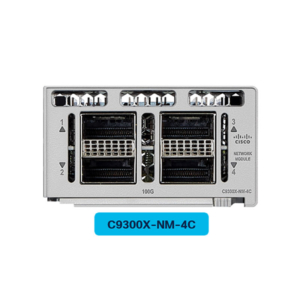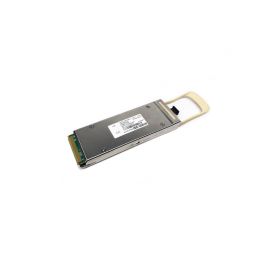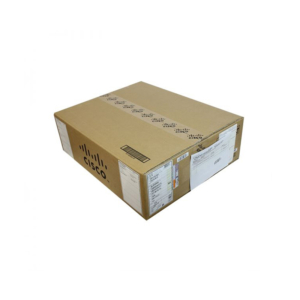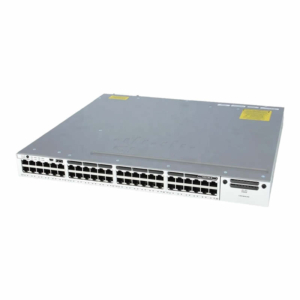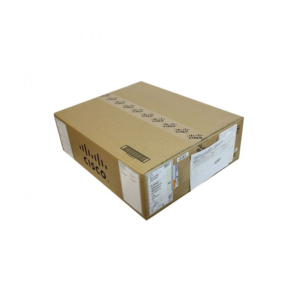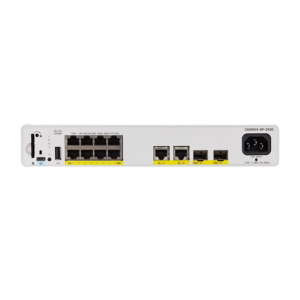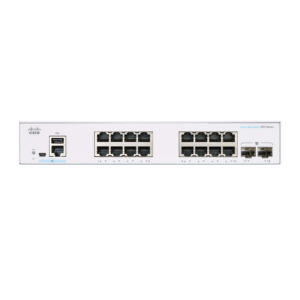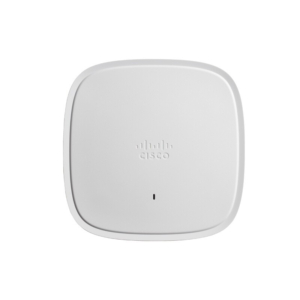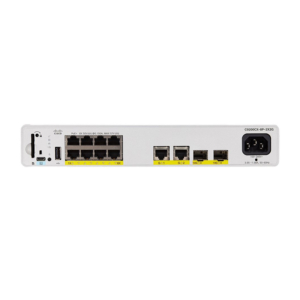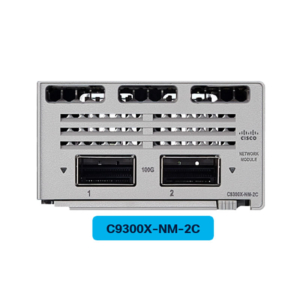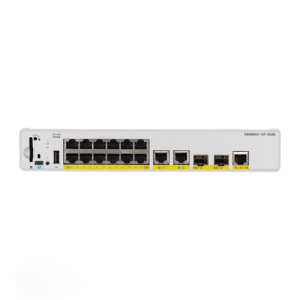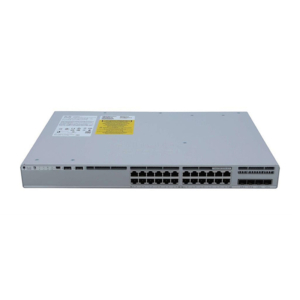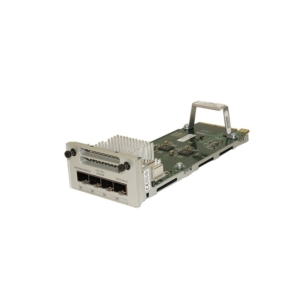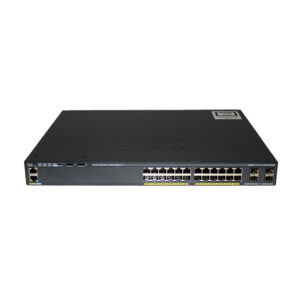An antenna gives the wireless system three fundamental properties: gain, direction, and polarization. Gainis a measure of increase in power. Directionis the shape of the transmission pattern. A good analogy for an antenna is the reflector in a flashlight. The reflector concentrates and intensifies the light beam in a particular direction similar to what a parabolic dish antenna would do to an RF source in a radio system.
Antenna gain is measured in decibels, which is a ratio between two values. The gain of a specific antenna is compared to the gain of an isotropic antenna. An isotropic antenna is a theoretical antenna with a uniform three-dimensional radiation pattern (similar to a light bulb with no reflector). The decibels over an isotropic radiator (ديسيبل) value is used to compare the power level of a given antenna to the theoretical isotropic antenna. The U.S. regulatory agency (the Federal Communications Commission, or FCC) uses dBi in its calculations. An isotropic antenna is said to have a power rating of 0 dB, meaning that it has zero gain/loss when compared to itself.
Unlike isotropic antennas, dipole antennas are real antennas. Dipole antennas have a different radiation pattern compared to isotropic antennas. The dipole radiation pattern is 360 degrees in the horizontal plane and 75 degrees in the vertical plane (assuming the dipole antenna is standing vertically) and resembles a doughnut in shape. Because the beam is “slightly” concentrated, dipole antennas have a gain over isotropic antennas of 2.14 dB in the horizontal plane. Dipole antennas are said to have a gain of 2.14 ديسيبل (in comparison to an isotropic antenna).
Some antennas are rated in comparison to dipole antennas. This is denoted by the suffix dBd, short for decibels over a dipole antenna. Hence, dipole antennas have a gain of 0 dBd (= 2.14 ديسيبل).
Note that the majority of documentation refers to dipole antennas as having a gain of 2.2 ديسيبل. The actual figure is 2.14 ديسيبل, but it is often rounded up.
المواصفات السريعة
طاولة 1 يظهر المواصفات السريعة.
| نموذج | AIR-ANT2566P4W-R |
| نوع المنتج | هوائي |
| Enclosure Color | أبيض |
| Intended For | واي فاي |
| Compatibility | 802.11n |
| Frequency Range | 2.4 جيجاهرتز, 5 جيجاهرتز |
| Gain | 2 ديسيبل (for 2.4 جيجاهرتز), 4 ديسيبل (for 5 جيجاهرتز) |
| Designed For | Cisco Aironet 2802e Controller-based, 3802ه, 1852ه |
المنصات المدعومة
طاولة 2 shows recommended supported platforms.
| نموذج | وصف |
| AIR-AP2802E-H-K9 | 802.11موجة التيار المتردد 2 AP w/CleanAir, 4×4:3, هوائي خارجي, -H Regulatory Domain |
| AIR-AP2802E-H-K9C | 802.11موجة التيار المتردد 2 AP w/CleanAir, 4×4:3, هوائي خارجي, H Regulatory Domain, Configurable |
| AIR-AP3802E-H-K9 | 802.11موجة التيار المتردد 2 AP w/CleanAir, 4×4:3, Mod, هوائي خارجي, mGig, H Regulatory Domain |
| AIR-AP3802E-H-K9C | 802.11موجة التيار المتردد 2 AP w/CleanAir, 4×4:3, Mod, هوائي خارجي, mGig, H Regulatory Domain, Configurable |
| AIR-AP1852E-C-K9 | Cisco AIR-AP1852E-C-K9, External antennas, 802.11a/b/n/ac Wave 2, 1.733Gbps thoughput, 4 X 4 مو ميمو, Dual band |
| AIR-AP1852E-H-K9 | Cisco AIR-AP1852E-H-K9, External antennas, 802.11a/b/n/ac Wave 2, 1.733Gbps thoughput, 4 X 4 مو ميمو, Dual band |
| AIR-AP1852E-C-K9C | 802.11موجة التيار المتردد 2 نقطة دخول, 4×4:4, External-Ant, C Regulatory Domain, Configurable |
| AIR-AP1852E-H-K9C | 802.11موجة التيار المتردد 2 نقطة دخول, 4×4:4, External-Ant, H Regulatory Domain, Configurable |
 مورد معدات شبكات تكنولوجيا المعلومات
مورد معدات شبكات تكنولوجيا المعلومات

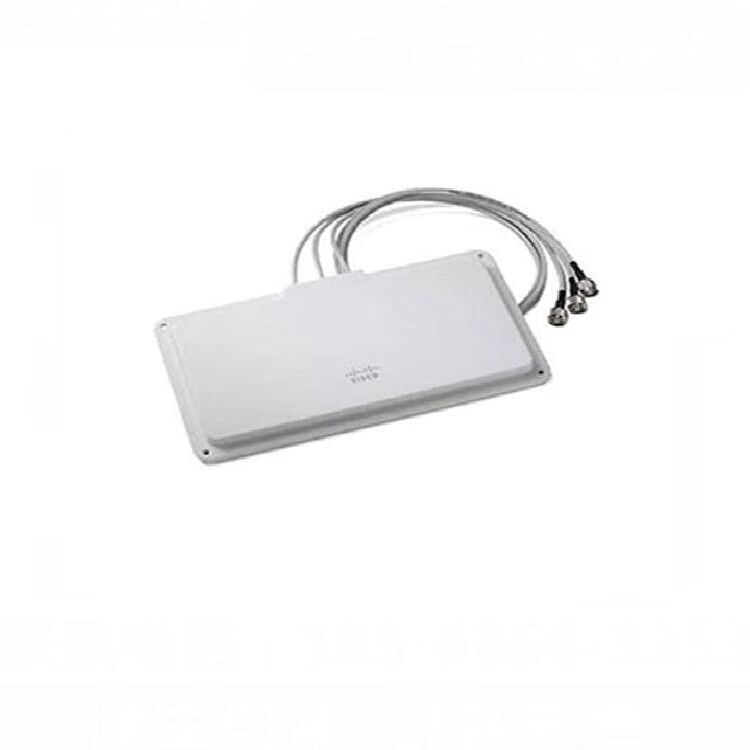
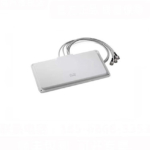
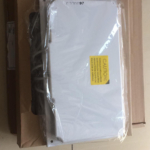

 ما هو واي فاي 6? (802.11فأس)
ما هو واي فاي 6? (802.11فأس) واي فاي 6, المعروف أيضًا باسم 802.11ax, يغير طريقة اتصالنا بالمعلومات واستهلاكها. الواي فاي 6 يعتمد المعيار على نقاط قوة معايير Wi-Fi السابقة مع تحسين الكفاءة, المرونة, وقابلية التوسع.
واي فاي 6, المعروف أيضًا باسم 802.11ax, يغير طريقة اتصالنا بالمعلومات واستهلاكها. الواي فاي 6 يعتمد المعيار على نقاط قوة معايير Wi-Fi السابقة مع تحسين الكفاءة, المرونة, وقابلية التوسع.



